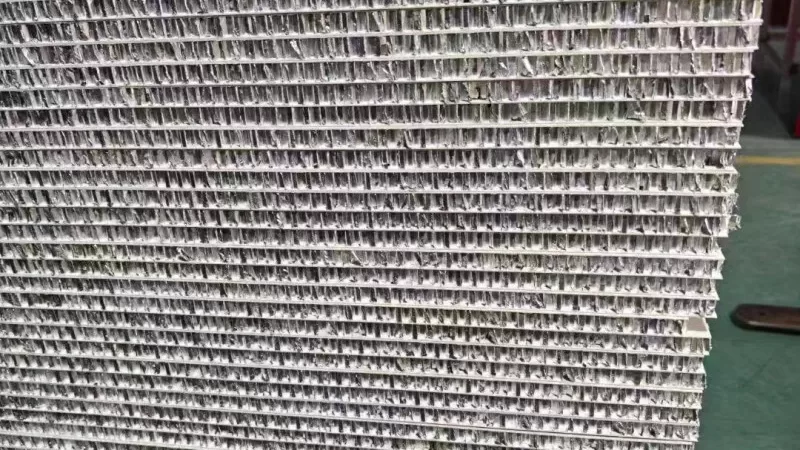Aluminium honeycomb is a fascinating material, known for its incredible strength and light weight. It looks like a bee’s honeycomb, but it’s made from thin sheets of aluminium. This unique structure makes it a top choice for many industries.
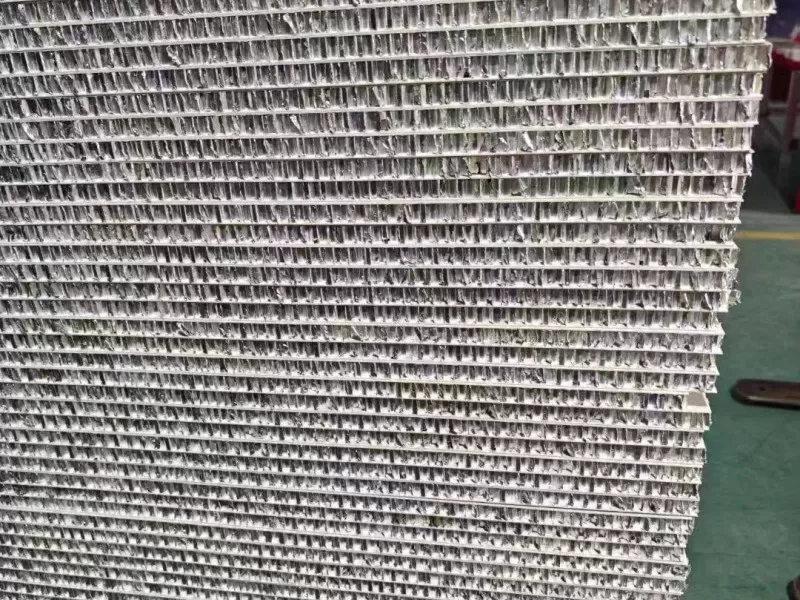
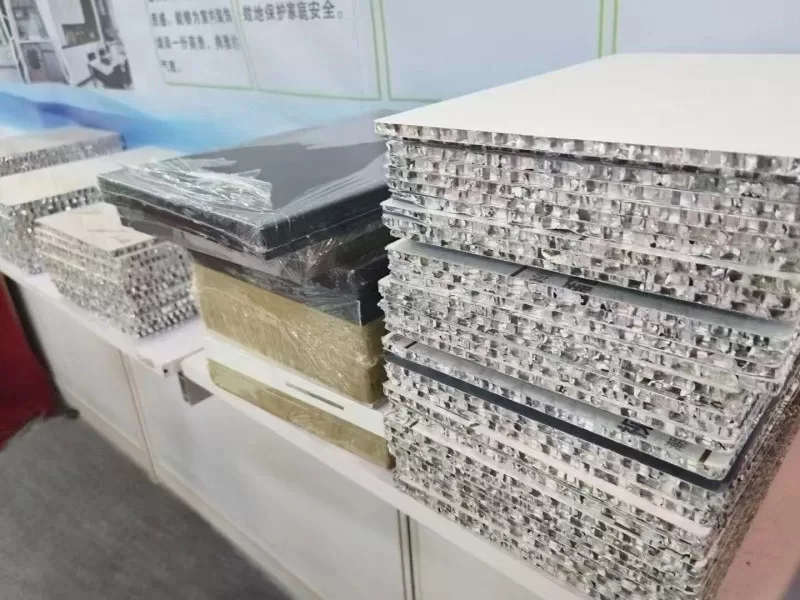
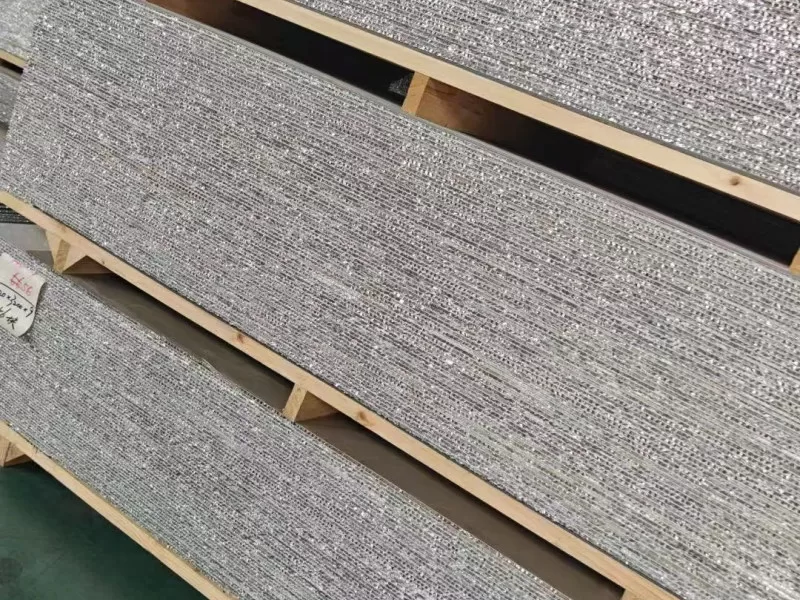
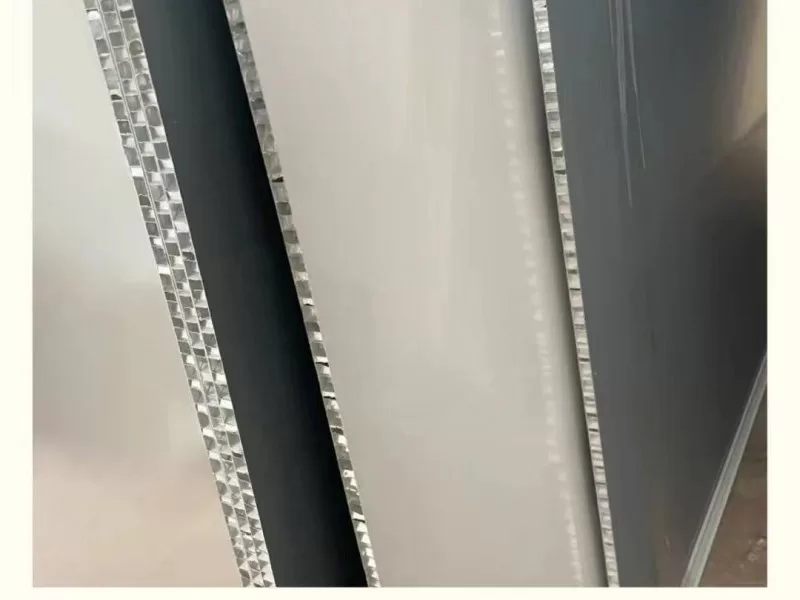
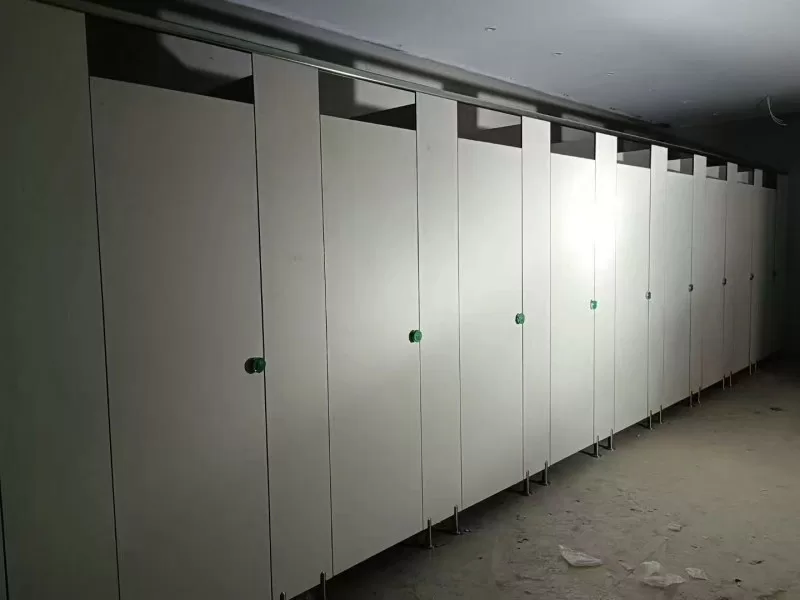
Understanding Aluminium Honeycomb
B It’s a core material, often used in sandwich panels. Imagine two strong, thin outer layers (skins) with a lightweight, structured core in between. That core is the aluminium honeycomb. Its hexagonal cells provide excellent stiffness and strength, yet they use very little material. This makes aluminium honeycomb panels much lighter and stronger than solid panels of the same thickness.
The Manufacturing Process: How Aluminium Honeycomb is Made
The creation of aluminium honeycomb involves several precise steps. It’s a mix of careful bonding and stretching to form the perfect hexagonal pattern.
- Preparing Aluminium Foil:
The journey begins with high-quality aluminium foil. This foil is very thin, often just a few tenths of a millimeter thick. The choice of aluminium alloy is important here, usually 3003 or 5052 series, known for their strength and corrosion resistance. - Applying Adhesive and Stacking:
This careful alignment is key to forming the honeycomb structure. - Bonding and Pressing:
At this stage, the block is solid, not yet honeycombed. - Expansion (The Magic Step):
This is where the magic happens. As it expands, the unglued parts of the foil separate and stretch, forming the distinctive hexagonal cells. It’s like pulling an accordion open.This step requires precision to ensure uniform cell size and shape. - Slicing and Cutting:
These sheets are now ready for further processing or use. The thickness of the final honeycomb core can vary greatly, depending on its intended application. - Curing and Finishing:
Sometimes, the expanded honeycomb sheets undergo a final curing process to fully strengthen the adhesive bonds.
Aluminium Honeycomb Specifications
Aluminium honeycomb comes in various specifications to meet different industrial needs. Understanding these specifications is crucial for choosing the right material for your project.
| Specification | Description | Common Ranges/Types |
|---|---|---|
| Classification | Aluminium honeycomb can be classified by its cell size, foil thickness, and whether it’s perforated or non-perforated. Perforated honeycomb allows air or gas to flow through. | Cell sizes from 1.8mm to 25mm. Perforated, Non-perforated. |
| Thickness | This refers to the overall height of the honeycomb core. It’s a key factor in the panel’s stiffness and strength. | From 3mm to 300mm (or more for special orders). |
| Alloy | The type of aluminium alloy used affects the honeycomb’s properties, such as strength, formability, and corrosion resistance. | Commonly 3003 series (standard strength) or 5052 series (higher strength, better corrosion). |
| Packaging | How the honeycomb is packed for shipping and storage depends on its form. Expanded sheets are usually laid flat. Unexpanded blocks are more compact. | Flat on pallets, in wooden crates, or specialized containers. |
Key Features of Aluminium Honeycomb
The unique structure of aluminium honeycomb gives it several outstanding features:
- Lightweight: It has a very high strength-to-weight ratio, making it ideal for applications where weight saving is critical.
- High Strength and Stiffness: The hexagonal cell structure provides excellent rigidity and resistance to crushing and shearing forces.
- Corrosion Resistance: Made from aluminium alloys, it naturally resists rust and corrosion.
- Fire Retardant: Aluminium is non-combustible, offering good fire safety properties for many applications.
- Sound Damping: The honeycomb structure can help absorb sound, making it useful in acoustic panels.
- Thermal Conductivity: Aluminium is a good conductor of heat, which can be useful in certain applications, though the honeycomb structure itself provides some insulation due to trapped air.
Applications of Aluminium Honeycomb
- Aerospace Industry: Critical for aircraft floors, interior panels, luggage compartments, and wing structures due where every kilogram matters.
- Automotive Industry: Used in racing cars, electric vehicles, and high-performance cars for chassis components, energy absorption, and structural panels.
- Marine Sector: Ideal for boat hulls, decks, and interior panels, offering light weight and resistance to saltwater environments.
- Construction and Architecture: Found in building facades, cleanroom panels, partition walls, and raised floors due to its flatness and strength.
- Rail Transport: Utilized in train interiors, doors, and flooring, contributing to lighter, more energy-efficient trains.
- Clean Rooms: Used for wall and ceiling panels in controlled environments where contamination must be minimized.
- Furniture and Design: Modern furniture often incorporates aluminium honeycomb for lightweight yet strong tabletops and panels.
- Industrial Equipment: Used in machine beds, tooling, and other applications requiring precision and stability.
How Aluminium Honeycomb is Made
Step-by-Step Manufacturing Process:
- Material Selection – Choosing the right aluminium alloy.
- Foil Preparation – Unrolling and cleaning aluminium sheets.
- Adhesive Application – Applying epoxy or phenolic resin.
- Stacking & Bonding – Layering sheets in a staggered pattern.
- Expansion – Stretching the bonded block to form hexagonal cells.
- Curing – Heating to strengthen the structure.
- Cutting & Finishing – Trimming to required dimensions.
Key Benefits:
Lightweight yet strong
Excellent energy absorption
Corrosion-resistant
Customizable in size and shape
Conclusion
The process of making aluminium honeycomb is a testament to clever engineering. From simple sheets of foil to a complex, strong, and lightweight core material, each step is vital. Its unique properties and wide range of applications demonstrate its value in modern manufacturing. As industries continue to seek lighter, stronger, and more efficient materials, aluminium honeycomb will undoubtedly remain a crucial component in countless innovations worldwide.
